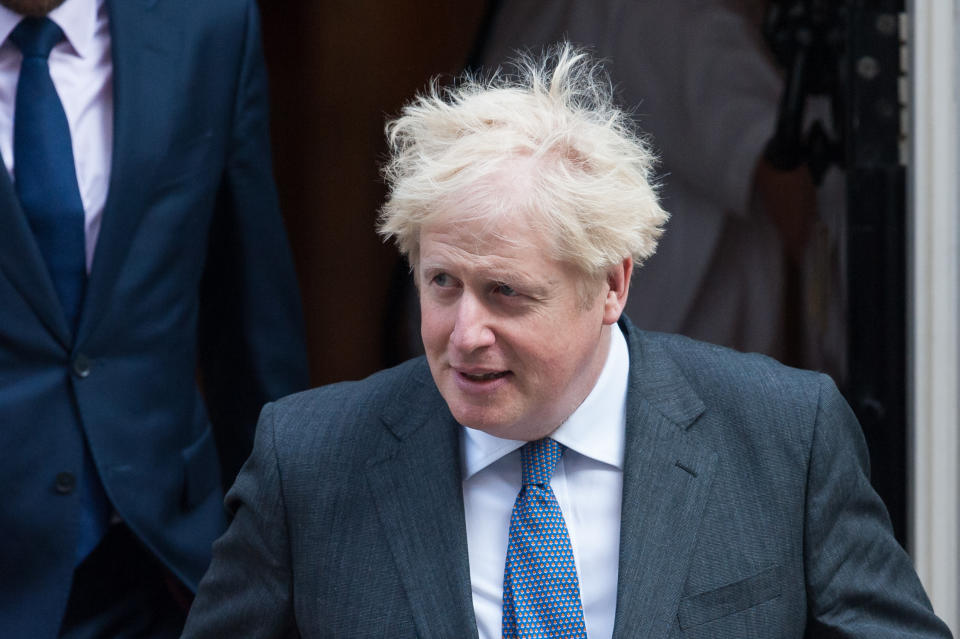We're losing track of COVID spread because of testing failures, says scientist

Stricter lockdown restrictions may have to be introduced if we lose the ability to track the coronavirus outbreak due to testing failures, a government advisor has warned.
The shortage of coronavirus testing capacity could lead to a second lockdown, a government advisor has warned.
Dr Adam Kucharski, a member of the Scientific Advisory Group for Emergencies (Sage) and an epidemiologist at the London School of Hygiene & Tropical Medicine, said the lack of tests could mean more severe restrictions have to be brought in to control the spread of COVID-19 in the UK.
“I think we are getting to the point where potentially we are losing our ability to accurately track the virus,” he told the BBC Radio 4 Today programme.
“That means that we could have a situation where it is getting into risk groups, we start to see more cases appear, and we don’t have good warning of that.
Watch: What are the complications linked to the coronavirus?
“It also affects our ability to have more targeted, nuanced measures. If we lose the ability to track the virus it ends up that more blunt tools will be deployed. That is what we saw earlier in the year.”
Dr Kucharski said that during the start of the first wave of COVID-19 infections in early spring, there was evidence of transmission of coronavirus everywhere but not a good picture of how it was spreading due to a lack of community testing.
He warned that unless the system is brought under control the same thing could happen again.
His comments came as the UK was put under increased restrictions as coronavirus cases continue to rise.

Tough new lockdown measures banning people from mixing in homes and gardens were last week imposed on Birmingham, Solihull and Sandwell, in response to rocketing infection rates.
This was on top of the “rule of six” which was introduced on Monday across England banning most social gatherings of more than six people.
Tighter restrictions were already in place in Greater Manchester, parts of Lancashire and West Yorkshire, and the north-east of England is due to have lockdown measures imposed on Friday.
But claims that Boris Johnson was told the UK should go into a full lockdown for two weeks have been rejected by health minister Edward Argar.
On Wednesday night, former World Health Organization (WHO) director Anthony Costello tweeted that chief medical officer Professor Chris Whitty advised the prime minister to implement the measure.
But Argar played down the reports, telling Sky News it is “not something I have seen within the department”.
He said: “The prime minister has been very clear on this. He doesn’t want to see another national lockdown. He wants to see people abiding by the regulations and making the local lockdowns work.”
Costello later backtracked on his original tweet, saying that he had been told by “another insider” that “Chris Whitty does not support a two week lockdown”.
Kucharski wrote in a Tweet on Thursday that it was “not surprising” there were testing issues because the system could not keep up with “an exponentially growing epidemic” and called for measures to slow transmission of the virus.
It's not surprising that testing is running into issues as SARS-CoV-2 transmission is increasing, because a gradually expanding testing capacity is competing with an exponentially growing epidemic. If transmission isn't slowed down, it's inevitable will lose track of cases.
— Adam Kucharski (@AdamJKucharski) September 17, 2020
Figures on infection rates provided by the surveillance study by the Office for National Statistics, which carries out random sampling of the population to track a rise in cases, produces results two weeks behind those infections, meaning a clear picture is not being presented, Kucharski warned.
“Having to rely on more lagged or less reliable metrics if there is a surge means it is much harder to track,” he said.
On Wednesday coronavirus cases in the UK increased by nearly 4,000 in the highest daily rise since May.
Coronavirus: what happened today
Click here to sign up to the latest news, advice and information with our daily Catch-up newsletter


